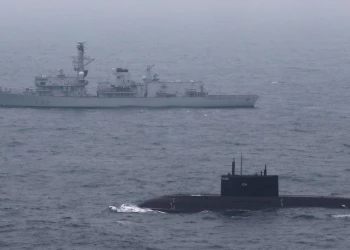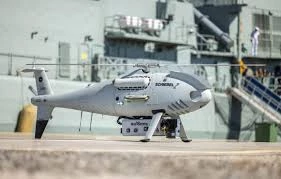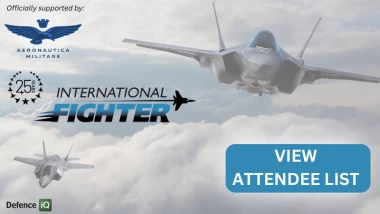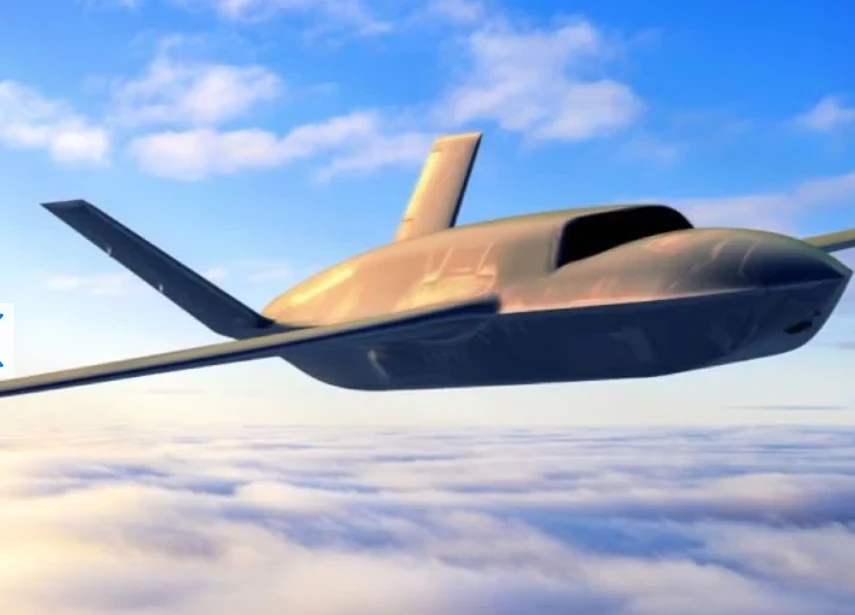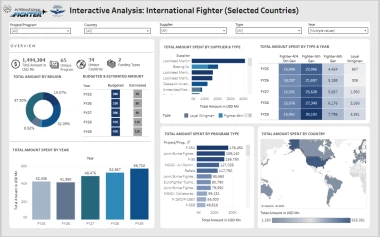New training pushes RAF pilots faster and further
Add bookmarkIn a move which is predicted to revolutionise RAF flying training, 4 (Reserve) Squadron, based at RAF Valley, is gearing up for its first student course in April 2012.
Through a combination of synthetic training and 28 Hawk T2 aircraft, the training syllabus which now awaits the first students is considered to be world-leading:
"I've been to Australia and the USA and seen how they train fast jet pilots and in my view we've leapfrogged them," said Squadron Leader Rob Caine, Officer Commanding Staff Training and Standards.
"This is principally because of the Operational Capability 2 software in the jet which turns a very capable digital Hawk into a front line aircraft emulator, both air-to-air and air-to-ground."
Students come to the North Wales station straight from flying the Tucano at RAF Linton-on-Ouse:
"On arrival each student is given a laptop and wherever they go on station they can plug it in and get whatever they need - briefings, debriefs, the flying programme, student study devices etc," explained Flight Lieutenant Stefan Brown, an instructor on 4 (Reserve) Squadron.
During six weeks of ground school students will progress using a variety of training aids, including a full-motion simulator, and will practise everything they can expect to encounter in the air before getting airborne. Thereafter, four or five flights are undertaken with an instructor before the first solo:
"The aim of the syllabus is to produce a multi-role single jet pilot and we can take pilots faster and further than ever before," explained Sqn Ldr Caine.
"We are now able to train the tactics and procedures of the front line here, including introductions into the classified planning aspects. As a result the standard [of graduating students] should be higher in terms of capability and readiness."
The advancement in capabilities of the new Hawk T2 enables training to be passed down from Operational Conversion Units (OCUs). Accordingly students at RAF Valley will now receive training on air-air, close air support and other combat roles:
"We are downloading from the OCUs some of the training packages they currently undertake. This doesn't take [flying] hours from the OCUs, it enables them to take their students further than ever before and achieve combat ready status earlier."
Externally, apart from an extended nose, the T2 looks little different from its T1 predecessor, but in the cockpit things are markedly different.
Three, full-colour, multi-function displays similar to those used by the Typhoon can be used to display navigation, weapon and systems information, and the aircraft's head-up display has been updated to use symbols and data used in current combat aircraft.
Other changes include 'hands-on-throttle-and-stick' controls which are fully representative of front line combat aircraft types, and twin-mission computers hosting simulations of a wide range of sensor and weapon systems.
Whilst the aircraft does not carry munitions-using software, an instructor is able to replicate most of the munitions in the RAF inventory and also pose threats:
"For example, for electronic warfare training I can input surface-to-air missile sites into the software," said Sqn Ldr Caine.
"The student pilot must react using the correct tactics and procedures to survive.
"We are also going further than anyone else in the world in training for Joint Strike Fighter. We've calculated that we'll save £200m over 25 years and produce a better product at the end."
Some 30 per cent of the civilian ground crew who maintain the Hawk T2 fleet for Babcock Defence Services in a new purpose-built hangar are ex-regulars:
"The ex-military guys have the broad brush of engineering experience which is great value, particularly in developing the local workforce," said Jim Boyd, T2 Operations Manager.
These include Dave Shepherd, the T2 Department Manager who left the RAF as a rigger in 1994 having served at Cottesmore, Finningley and in Germany:
"I've not been to a better place. We're working in a phenomenal aircraft," he said.
His views were echoed by another former RAF regular, Brian Chambers:
"These are definitely the best facilities I've worked in. I never got to work on Typhoon and the T2 is the nearest I can get to it. Compared to the T1, the new aircraft is 100 per cent better. We like the jet."
